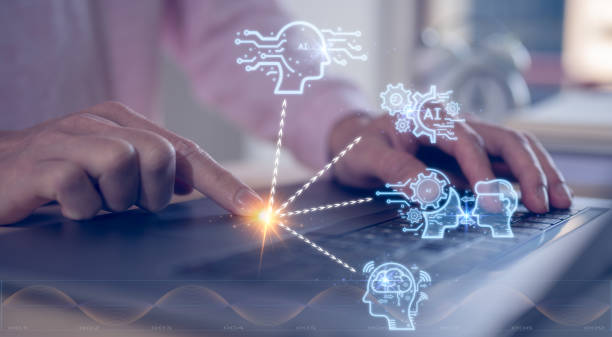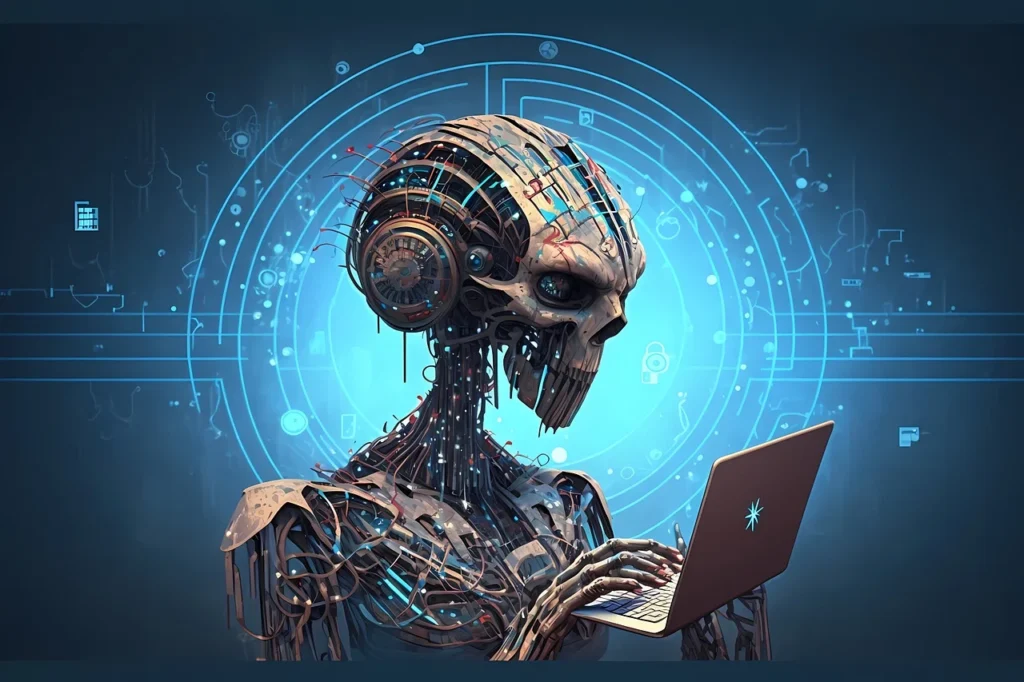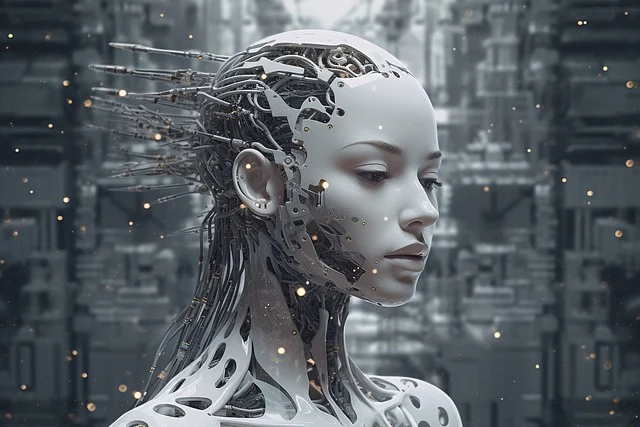Machine Learning Model The New York Times Crossword Puzzle:

The intersection of machine learning and traditional puzzles, such as the iconic New York Times (NYT) crossword, presents an intriguing landscape of innovation and creativity. This article explores how machine learning models are transforming the way we approach crossword puzzles, enhancing both the creation and solving experience for enthusiasts around the globe.
Understanding Machine Learning in Crosswords
Machine learning refers to the branch of artificial intelligence (AI) that enables systems to learn from data, identify patterns, and make decisions with minimal human intervention. In the realm of crossword puzzles, machine learning can be employed in various ways, including puzzle generation, clue formulation, and solver assistance.
You Can Also Read About:Machine Learning Model The New York Times Crossword Puzzle:
The Role of Machine Learning in Crossword Creation
- Automated Puzzle GenerationOne of the most significant contributions of machine learning to crossword puzzles is the ability to generate puzzles automatically. Traditional crossword creation often requires a deep understanding of language, wordplay, and thematic elements. Machine learning models, particularly those trained on vast datasets of existing puzzles, can analyze patterns, structures, and common practices within crossword design.By leveraging natural language processing (NLP) techniques, these models can create new puzzles that mimic the complexity and style of human-made crosswords. This automation not only speeds up the puzzle creation process but also opens up new avenues for creativity, allowing for puzzles that might not have been conceived by human creators.
- Clue Generation and RefinementBeyond generating the grid, machine learning can also enhance the clarity and cleverness of clues. By analyzing thousands of clues from past NYT crosswords, machine learning models can learn the nuances of clue-writing, including the types of wordplay commonly used and the level of difficulty appropriate for different puzzles.For instance, a model might recognize that clues for a five-letter word related to “ocean” often employ different strategies than those for a ten-letter word. This insight allows for the creation of more engaging and challenging clues that resonate with solvers.
- Thematic DevelopmentCrosswords often revolve around central themes, which add an extra layer of enjoyment for solvers. Machine learning can assist in identifying potential themes based on trending topics, popular culture, or historical events by analyzing large datasets of news articles, social media posts, and other textual information.By recognizing patterns in what is currently relevant or interesting to the public, machine learning can help crossword creators develop themes that engage solvers and reflect contemporary culture.
Improving the Solving Experience
- Solver Assistance ToolsAs solvers tackle challenging puzzles, machine learning can provide real-time assistance. AI-powered tools can analyze the letters already filled in by the solver and suggest possible words based on the remaining spaces. These tools can utilize algorithms that rank potential answers based on frequency of use, relevance to the clue, and compatibility with existing letters.For instance, if a solver has placed “C” in the first position and “T” in the last position of a three-letter word, a machine learning tool can quickly suggest words like “CAT” or “CUT,” allowing solvers to progress through the puzzle more effectively.
- Personalized Solving ExperiencesAnother exciting application of machine learning in crossword puzzles is the development of personalized solving experiences. By tracking a solver’s progress and preferences over time, machine learning algorithms can tailor suggestions and clues that align with their skill level and preferred styles of play.For example, a solver who struggles with wordplay might receive hints that are more straightforward, while a more experienced solver could be presented with trickier clues that challenge their reasoning. This customization not only enhances the solving experience but also fosters a deeper engagement with the puzzle.
- Analyzing Solving PatternsMachine learning can also be employed to study solving patterns and behaviors among users. By collecting data on how different individuals approach the NYT crossword, researchers can gain insights into common strategies, challenges faced, and areas of improvement.This analysis can inform future puzzle design, ensuring that puzzles remain challenging yet accessible. Additionally, it can help creators understand which types of clues are most effective and enjoyable for solvers, leading to an overall enhancement of the crossword experience.

The Future of Machine Learning and Crosswords
As technology continues to advance, the potential for machine learning in crossword puzzles is vast. Here are a few future directions we might see:
- Collaborative Puzzle CreationImagine a scenario where human creators collaborate with AI to develop puzzles that are richer and more diverse. Machine learning models could suggest ideas, themes, and even clues, allowing crossword enthusiasts to tap into a wellspring of creativity. This collaboration could lead to innovative puzzles that push the boundaries of traditional crossword design.
- Enhanced AccessibilityMachine learning can also play a role in making crosswords more accessible to a broader audience. By analyzing language complexities and adjusting difficulty levels, AI can help create puzzles that cater to varying skill levels, including beginners and those with learning disabilities. This inclusivity can help grow the crossword community and foster a love for this timeless pastime.
- Integration with Other TechnologiesThe potential integration of machine learning with augmented reality (AR) and virtual reality (VR) could revolutionize how we engage with crossword puzzles. Imagine solving a crossword in a virtual environment where clues appear in 3D, allowing for an immersive experience that combines puzzle-solving with interactive storytelling.
- Community-Driven InsightsMachine learning can facilitate community engagement by analyzing user feedback and preferences. This data can be used to create puzzles that reflect the tastes and interests of diverse groups, ensuring that the NYT crossword remains relevant and engaging for all.
Conclusion
The incorporation of machine learning models into the world of crossword puzzles, particularly the New York Times crossword, represents a fascinating evolution of this beloved pastime. By enhancing puzzle creation, clue generation, and the solver experience, machine learning is not only preserving the integrity of crosswords but also pushing them into exciting new territories. As technology continues to advance, the future of crosswords promises to be as dynamic and engaging as the puzzles themselves. Whether you’re a seasoned crossword aficionado or a curious newcomer, the impact of machine learning on this classic game is sure to enrich your experience and inspire new ways to engage with language and creativity.



